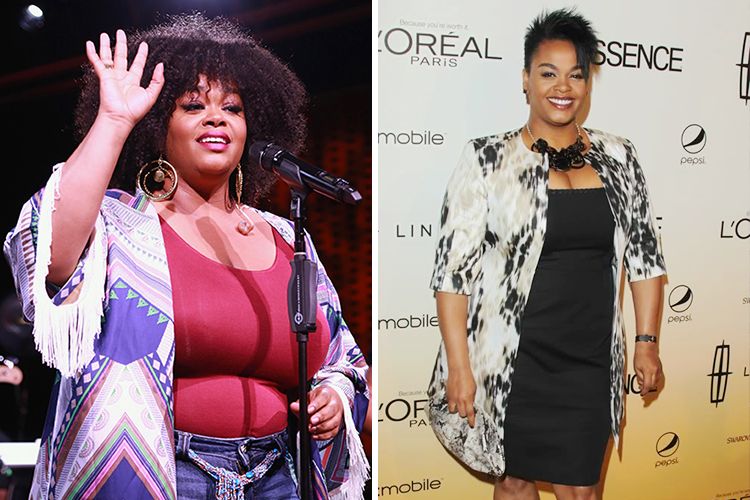Jill Scott’s weight loss journey is a harmonious blend of determination, self-care, and a holistic approach to health. Her transformation goes beyond the scale, reflecting a deeper commitment to wellbeing and empowerment. With insights from health experts and practical lifestyle tips, let’s explore the nuances of her inspiring story.
The Prelude: A Mother’s Motivation
Embracing health for her family, Jill’s role as a mother was the pivotal note that inspired her lifestyle overhaul. Her son’s birth marked a crescendo in her life, motivating her to compose a new, health-focused chapter.
The Composition: A Diverse Exercise Routine

Jill’s fitness regime is a diverse melody of activities. From boxing to biking, she demonstrates that weight loss can be an enjoyable journey. As health and nutrition expert JJ Virgin advises, “For the majority of women, the last thing we want to focus on is losing weight. We actually want to focus on holding onto and building muscle… You have to get metabolically healthy to be able to lose fat and hold onto muscle, and one of the symptoms of being unhealthy is not being able to lose weight.” This perspective aligns with Jill’s approach, emphasizing strength and vitality over mere weight loss.
The Chorus: Diet and Healthy Eating Habits
Jill harmonizes her nutrition with her lifestyle, focusing on lean proteins and vegetables while eliminating processed foods. She also practices mindful eating, a tip that aligns with the advice from experts to listen to one’s body and enjoy each meal fully.
The Bridge: Overcoming Health Struggles
Jill’s early career health issues, including recurrent pneumonia, underscored the importance of a balanced approach to fitness. She learned to pair her workouts with adequate rest, embodying the resilience necessary to maintain health.
The Refrain: Strength Training and Body Composition
Strength training became a potent refrain in Jill’s weight loss journey. It’s not just about the number on the scale but the composition of the body. As highlighted by Harvard Health Publishing, strength training is crucial for weight loss and overall health.
The Coda: Fitness for the Soul
Jill Scott’s journey to fitness is a testament to the joy of living a healthy life. It’s a reminder that the path to weight loss is personal and should be enjoyable, aligning with one’s own life rhythm.
Encore: Jill Scott Today
Today, Jill stands as a beacon of health, continuing her commitment to a balanced diet and regular exercise. Her story is not just about weight loss; it’s about the pursuit of health and the joy of living life to its fullest.
For those seeking to emulate Jill Scott’s approach to health and wellness, resources like the Mayo Clinic’s Healthy Lifestyle section and Harvard Health Publishing on strength training offer valuable guidance.
Jill Scott’s weight loss journey harmonizes the essence of her being — a soulful artist transforming her life through the power of music, movement, and a relentless pursuit of health and happiness.


